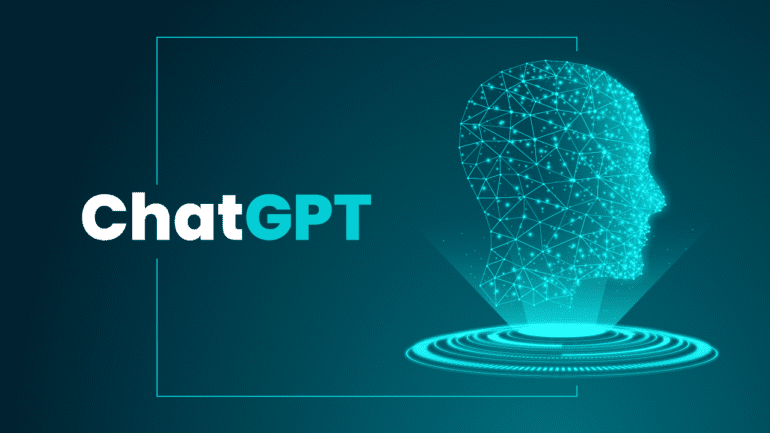TL;DR:
- OpenAI is expanding the use of ChatGPT beyond its traditional role, even in classrooms.
- Concerns about plagiarism and misuse have prompted OpenAI to propose responsible ways for educators to employ ChatGPT.
- ChatGPT’s potential lies in aiding language learners, generating test questions, and simulating job interviews.
- Transparency is encouraged, with OpenAI advising students to showcase their work and interactions with AI models.
- Customizable prompts empower educators to utilize ChatGPT as an instructive tool without overshadowing student learning.
Main AI News:
In a bid to extend the reach of its conversational AI powerhouse, ChatGPT, OpenAI is exploring avenues that extend beyond its conventional role. While the technology has raised concerns about potential misuse, particularly with regard to plagiarism, OpenAI is taking proactive steps to ensure its responsible integration into educational environments. The company is presenting innovative ways for educators to harness the potential of ChatGPT and transform it into a valuable asset within the classroom, far removed from its reputation as a mere “research assistant” for last-minute student endeavors.
The contentious issue of plagiarism has placed the chatbot in the spotlight, as educators worldwide grapple with cases of students possibly exploiting ChatGPT’s capabilities to craft essays and answer assignments. Whether this is deemed an ethical concern or a legitimate learning tool is a subject of ongoing debate, injecting complexity into pedagogical strategies on a global scale.
OpenAI recognizes the imperative of reshaping ChatGPT’s image in the educational landscape and offers a repertoire of enticing propositions to facilitate its adoption within classrooms. A standout application is aiding language learners, especially those focused on English. The chatbot’s proficiency in translation and grammatical accuracy, informed by a substantial body of accurate text, bolsters its utility for learners aiming to enhance their linguistic skills. This advantage is attested not only by non-native English speakers but also by individuals spanning different age groups.
Experts, cited by OpenAI, emphasize the system’s potential in generating novel examination questions or simulating the role of a job interviewer. While the company places these suggestions in the context of educators’ endorsements, the underlying potential is undeniable. ChatGPT could serve as an innovative resource to invigorate educational practices and assessment methodologies, ensuring relevance and alignment with contemporary demands.
To cultivate responsible usage, OpenAI recommends a transparency-driven approach. Encouraging students to display their work, drafts, and interactions with AI models can foster a culture of critical thinking and verification, discouraging blind reliance on automated solutions. This approach resonates with the philosophy of educators like M. Venugopal, who prioritize the cultivation of intellectual independence.
In its bid to usher ChatGPT into the role of a tutor or assistant, OpenAI furnishes extensive prompts to facilitate engagement. The company encourages educators to customize these prompts, striking a balance between guidance and self-directed learning. While embracing these prompts might not be a one-size-fits-all solution, they offer a glimpse into the type of directions that can empower the chatbot to be instructive without overshadowing the student’s own cognitive journey.
The inevitability of AI agents like ChatGPT taking root in educational contexts is undeniable, albeit shadowed by potential misapplication. Drawing parallels to the past, when students surreptitiously loaded games onto their TI-83 graphing calculators or borrowed extensively from Encarta, the trajectory remains consistent. The adaptation of tools is an evolutionary process that hinges on the willingness of both educators and students to wield these technologies judiciously, making them a seamless extension of the learning experience. As the educational landscape continues to evolve, OpenAI’s proactive efforts can serve as a guiding light, steering the integration of AI agents toward a future that is both innovative and ethically sound.
Conclusion:
OpenAI’s initiative to integrate ChatGPT into educational settings marks a pivotal move towards transforming the educational landscape. While concerns surrounding misuse persist, the proposed responsible usage strategies align the AI technology with pedagogical objectives. By enabling language assistance, test question generation, and interview simulations, ChatGPT stands to enhance learning experiences. The emphasis on transparency and adaptable prompts underscores OpenAI’s commitment to ensuring AI’s supportive role while fostering critical thinking. This shift holds the potential to reshape the market by offering innovative and ethical AI-driven educational tools.

